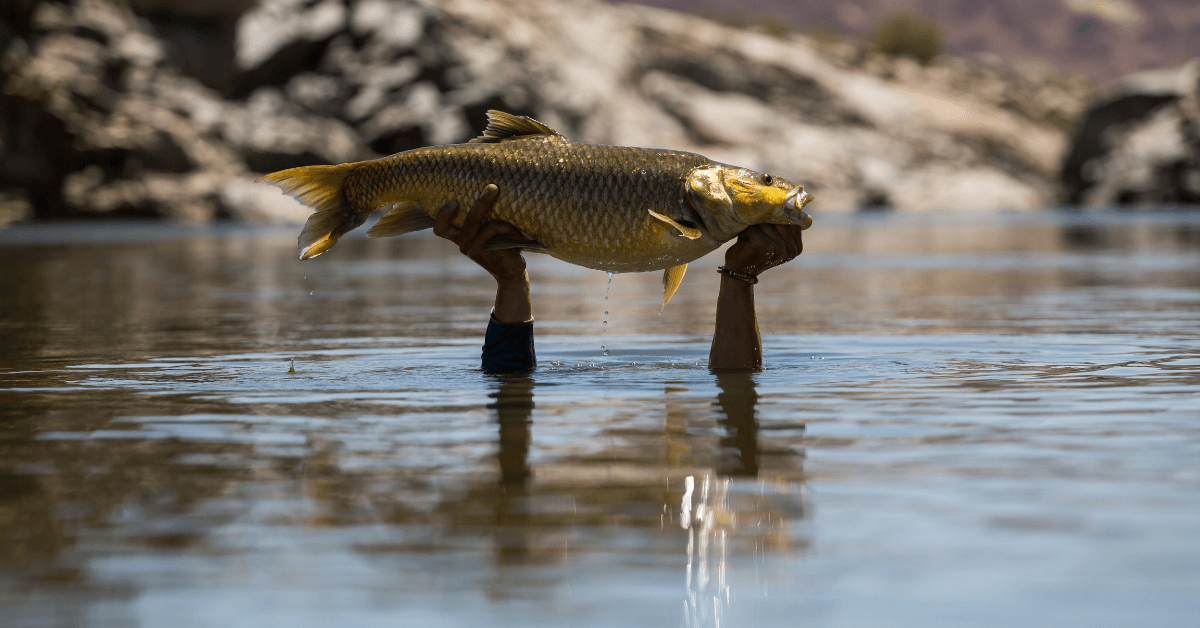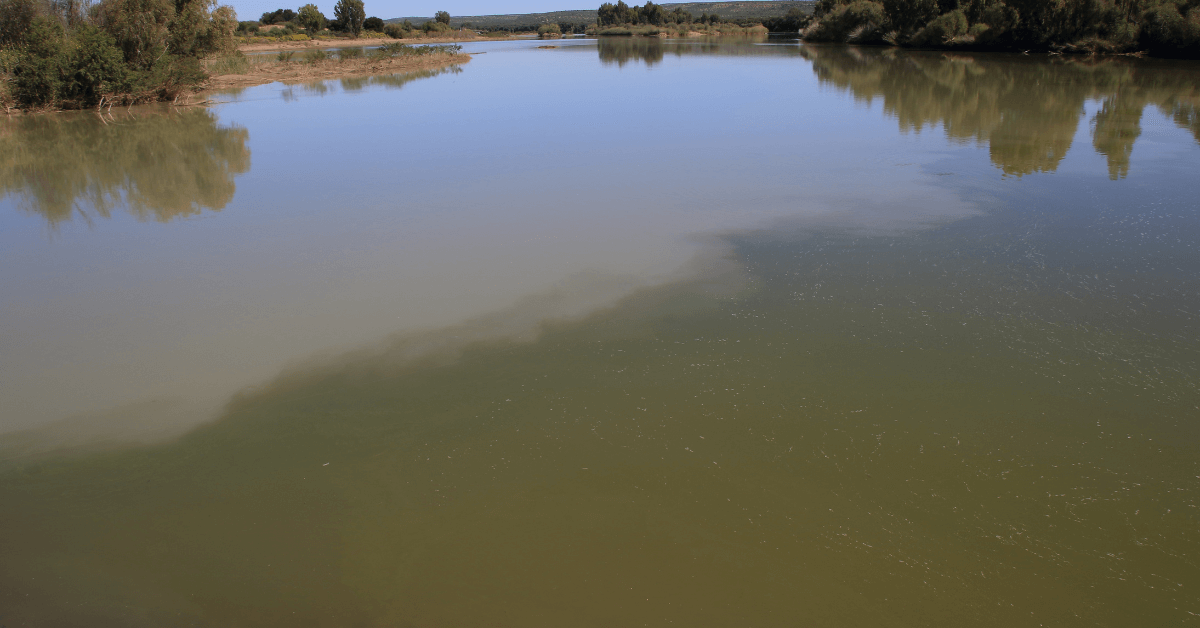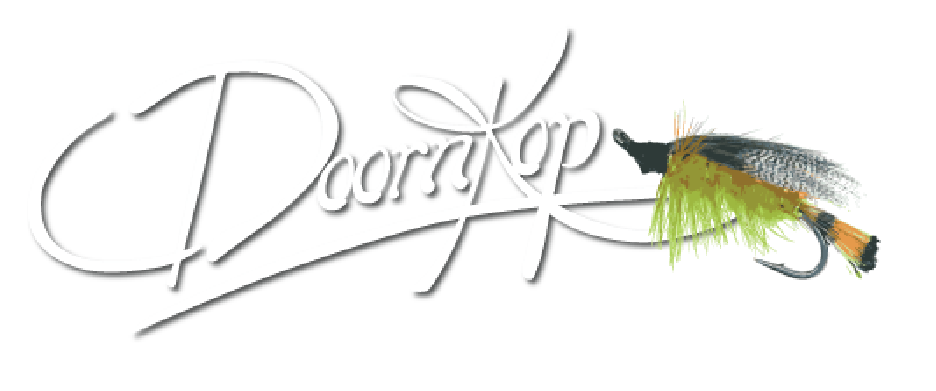Yellowfish conservation is a widely supported project, and rightfully so. These beautiful, golden fish are indigenous to South Africa and form a vital role within their ecosystems. Successfully preserving this favourite catch ensures that fisherfolk of all ages and generations into the future can partake in, and enjoy, this wonderful sport.
The Species

While there are six true species of yellowfish, the most commonly fished are the small- and large-mouth yellowfish. Smallmouths are more widespread and grow to an average weight of 7kgs and length of 50cm. Largemouths, on the other hand, are strictly found in the Orange-Vaal River catchment and grow to weigh 22kg and double the length of their cousins. The average smallmouth reaches sexual maturity at seven years of age, but sexually mature largemouths have been recorded as young as five years old. While largemouths may reproduce from a younger age, their numbers are far less than the smaller cousin due to their ecosystem’s ability to sustain the larger fish’s diet as an apex predator. Both fish are predators, though the smallmouth’s diet mainly consists of insects and invertebrates, while the largemouth prefers smaller fish species. For anglers, the preferred method for smallmouths (and young largemouths) consists of nymph methods and occasional dry flies, while mature largemouths only take the bait when making use of fish-imitating lures or large streamer flies.
The Problem

Yellowfish are indigenous to South Africa and thus our role in preserving the species and their natural habitat is an important mission. Unfortunately, the largest water system where yellowfish are naturally occurring, the Orange-Vaal River system, is faced with challenges which make conservation efforts more difficult. Municipal plants, agriculture and mines have drastically deteriorated the water quality in the middle-to-lower Vaal River. The most problematic of water pollution is that algae thrive on the effluent; this causes large bursts of algae blooms which deprive the water of oxygen to dangerously low levels for the species within the system. Next to water pollution, illegal netting or capture of the fish and alien species, which flourish and compete with yellowfish, also pose substantial threats. Furthermore, it has been noted that anglers who wade into the rivers and streams during the spawning season damage spawning beds.
Another concern, whereon research is still ongoing, is that of hybridisation. Essentially, a cause for concern is that yellowfish are compatible with other species which allows for inter-breeding. The offspring can be healthy, but more often than not are infertile or present with health concerns. These hybrids compete for resources and dilute the gene pool of the species. As a result, there are six true (or pure) species of yellowfish, and three related species (more information hereon is available via FOSAF .) While yellowfish are not classified as endangered, three species of yellowfish are vulnerable and two are fast approaching the same status.
The Conservation Plan

In an effort to preserve the species, an association of concerned and affected persons established the Orange-Vaal River Yellowfish Conservation and Management Association (OVRYCMA) in 1996. The three-pronged mission of the association is to determine a set conservation area for the species, release captured yellowfish, and educate. Research is ongoing through various River Health Programmes (or RHPs) to monitor yellowfish and use the species as an indicator of river health. This ongoing study provides further insight into how to best manage, and support, the population. As an industry, catch and release fly-fishing of smallmouth yellowfish is a lucrative sport which supports the tourism industry with an annual value of R1.2 billion. The sport provides a further way to educate the masses to ensure measures are put in place to build on existing conservation efforts. A selection of farm dams have also been established, specifically under the guidance of the Free State Department of Tourism, Environmental and Economic Affairs to establish sustainable breeding programmes, which ensure healthy spawns. The Yellowfish Working Group has been a large driver of these breeding programmes to ensure that spawns are not resulting in undesirable hybrid species.
Doornkop Fish & Wildlife Reserve is bordered by the Swartspruit and Komati Rivers. These rivers provide anglers with incredible opportunities to fish for yellowfish. In support of the conservation efforts, Doornkop upholds a catch-and-release policy. For more information on our fishing regulations, click here. The Doornkop Team believes that it is our responsibility to maintain a healthy ecosystem of this fish species on the Reserve for all generations of fisherfolk to enjoy in the years to come. We hope you will be among them!
